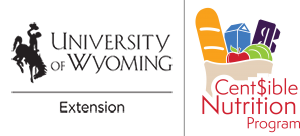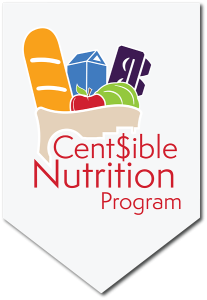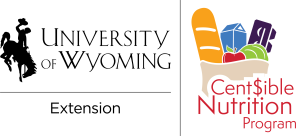Sugars can add aroma, texture , flavor, and color to food but…We consume too much! The Dietary Guidelines for Americans recommends only around 6-9 teaspoons of added sugars on average a day. Most Americans consume 2-3 times that! The most common sources of added sugar are in sugar-sweetened beverages, candy, cakes, cereals, salad dressings, and condiments.
When deciding what to eat or drink, small steps to reduce added sugars can lead to major changes. Doing one or more of the tips below can help you to reduce your sugar intake over time.
Reducing added sugar tips
Read your labels
Both sugar and Added sugars are required to be listed on the Nutrition Facts Label for packaged foods. Sugar, or carbohydrates, naturally occurs in many foods, but some foods have sugar added to make them more appealing. Added sugars should be limited to about 10% of our overall diets per day. So how do you identify when a food has added sugars? Check the label! Common names for sugar include: sugar, molasses, honey, cane sugar, brown sugar, coconut sugar, caramel, agave nectar, Sucrose, Maltose, Glucose, Fructose and Dextrose. Choosing options with lower amounts of added sugar and adding a drizzle of honey or sprinkle of cinnamon sugar yourself at home can help you keep within the recommended guidelines.
Add more fruits and vegetables that you enjoy
Adding fruits and vegetables to satisfy your sweet tooth, like baked apples or a fresh fruit salad, provides the additional benefits of adding fiber, carbohydrates, and nutrients to help you feel full and keep you focused on the things you need to do.
Add more protein
Similarly, adding more protein can help you feel fuller and less likely to reach for the sugary snacks for a quick pick me up. Consider adding protein rich snacks like nuts, seeds, or low-fat dairy or dairy alternatives to your meal routines.
Focus on flavor
Many beverages, such as coffee, sports or energy drinks, can be advertised with “health” in mind, but can come loaded with added sugars and saturated fat. Adding herbs and spices to dishes, like a sprinkle of cinnamon, nutmeg, or cocoa on your coffee, swapping fresh or frozen fruit to water instead of grabbing for the soda later in the day, can be simple swaps that add variety and flavor to your meals and drinks.
Get more sleep
Our bodies often crave more food when we are tired or stressed. If we are not getting enough sleep, that can have a major impact on how and what we eat and drink during the day, which can affect how we feel the next day! The Center for Disease Control (CDC) recommends around 7 or more hours for the average adult.
While sugar isn’t bad by itself, we do want to watch the amounts of added sugars we eat daily. However, instead of focusing on limiting all sugars, try focusing on the healthy switches we can add to our foods and drinks that satisfy our sweet tooth without the added sugar.
References
- Cut Back on Added Sugars. MyPlate 2022.
- How Much Sleep Do I Need? CDC 2022.


